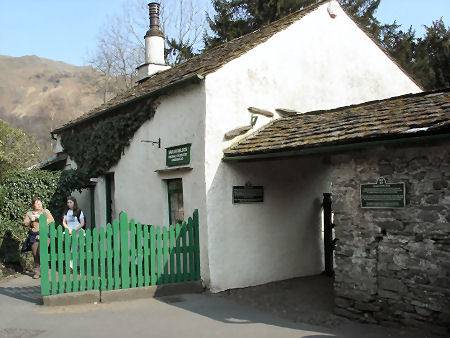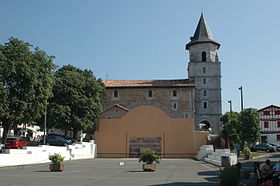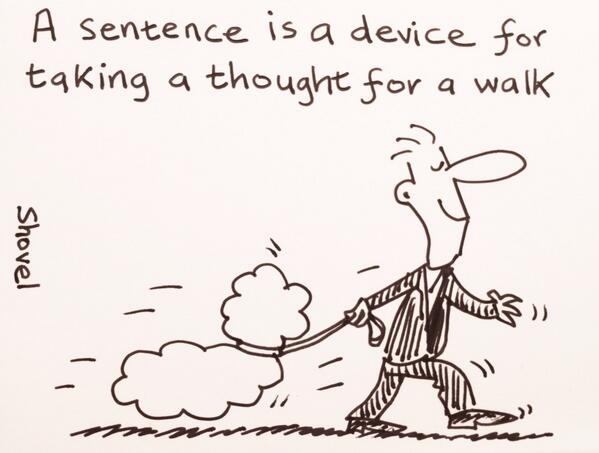One of our focus themes this next term is "Seaside" and synonymous with the seaside must be building sandcastles! As teachers of young language learners we are endeavouring to develop children's understanding of basic grammar and sentence construction.
Seems to me that "building sandcastle sentences" could be a great way to enable our moving on and advanced language learning KS2 children to reflect upon and apply their growing knowledge of how language works!
As the class teacher you can decide on the appropriate context,content and the structures (nouns,personal pronouns,parts of verbs, adjectives, conjunctions etc).
We can build simple sentences, sentences made of two clauses, sentences requiring conjunctions to make their more complex and apply word order rules and build our own new sentences with words and structures we select and want to use .Just like we will fond lots of sandcastle building competitions on war m teachers in target language countries such as France and Spain then we can hold our own sandcastle sentence building competitions and set challenges that match the level of our language learners!
The "Sandcastle Sentence Building Challenges below are based on:
- context - describing what we eat at the seaside
- content- ice creams
- grammar focuses- identifying and constructing simple present tense sentences using the personal pronouns and the verb " to eat"
In developing the following activities with your class, you must consider the language and word order of target language sentences, consider the punctuation of the sentences as signposts to the construction of the more complex sentences and select a context and content base that fits with your own class' target language knowledge.
Sandcastle Sentence Building
Share with the children the building blocks of an empty simple sentence.
Can the children discuss with you how many parts the think are going to be in your sandcastle sentence (five in this sandcastle).Set the scene- if we are describing eating an ice cream ,do they think with a partner they can discuss what might words and phrases be in the sandcastle?(Encourage them to think of words like je / manger/ glace/ flavours of ice creams)
Explain that every good sandcastle needs a flag to mark the spot and to go on top of the sandcastle.
In our sentences explain that this is going to be a personal pronoun.
Share with them the blue flag shape with the personal pronoun you want to use,written on it.I have chosen "Je" in French in this case.
Can they tell you the meaning of the word and explain its function in the sentence?
Give them pair talking and thinking time to do this.
Now share with the class the building blocks of the first "sandcastle sentence".Can they decide in which order the sandcastle, starting with the personal pronoun flag at the top, should be built?
Why do they think that the word "mange" is written on an orange piece of card?
Discuss with the class what this word represents as a structure ( verb) and why is it important in the construction of a good sandcastle SENTENCE?
In their heads can they "virtually" build your sandcastle?
Who wants to come out and build the sandcastle?
Does everyone agree with the construction?
What is the the sandcastle message?
Share with the children a second personal pronoun flag.What does this allow us to do as sandcastle sentence builders? (We can build a new sentence).On mini whiteboards can the children try to build a new sandcastle sentence about a different flavour of ice cream?
Remind them of the importance of the orange building block in the sandcastle to make certain that they are building a SENTENCE .
Listen, look and share as a class some of the sandcastle sentences they have constructed and drawn .
Now share your new building blocks for the sentence that you would like a volunteer to construct as your new "two tower sandcastle" made up of two clauses, so this time it will have "two tower sandcastle".
How does the class know which personal prononun to start with (capital letter on "Je")
How does the class know which flavour goes with the first ice cream here ( comma after "au chocolat,")
How does the class know which is the final word of the two tower sentence and why? (Well it is the correct word order but also it has a full stop "vanille.")
Invite a volunteer up to build what is now the "two tower two clause sandcastle sentence"!
Can they cut out and write in pairs a "two tower two clause sandcastle sentence" as a challenge for another pair?
Sandcastles often have bridges and become more elaborate.We can introduce the use of conjunctions in this way too to our "Sandcastle Sentence Building" challenges.
Here are two conjunction bridges in French below.
Discuss with the children what role these two red bridges play on the sentence and identify that they have target language conjunctions written in them. Make sure that the conjunctions are familiar words for the children.
Can they change and improve the "two tower two clause sandcastle sentence"above with one of these conjunction bridges ?
Which conjunction would they like to use?
For my example below , I selected the conjunction bridge "et" in French to join my two clauses.
Can the class design and build their own "two clause conjunction sandcastle tower sentences" to share with the rest of the class?Their designs must also be based on the content you have been practising.
With more advanced language learners set up a "Sandcastle building challenge".
Give each pair a set of sandcastle building blocks in random order as below, to construct a "three tower,two conjunction sandcastle complex sentence".
Here the children need to select the correct part of the verb to match the personal pronouns and to identify which flavour can not be at the end of the sentence(because of the comma) but also to decide which of the other two flavours will be at the end and make sure that they remember to add that full stop!
They need to decide where and how they want to use the two conjunction bridges- maybe they want to use two new conjunctions.....
........and then they can construct their "three tower,two conjunction sandcastle complex sentence".
Now it is time for the class to get on their construction thinking hats and build new sandcastle tower challenges for the rest of the class!
The class can now hold their own "Grand Class Sandcastle Sentence Building Competition!"





































.jpg)







